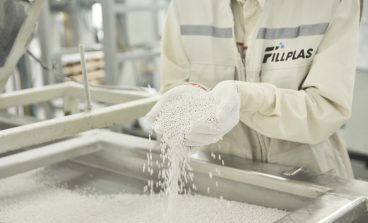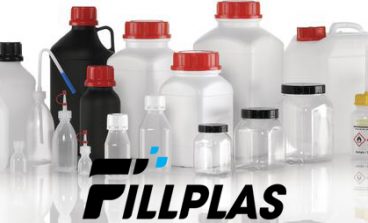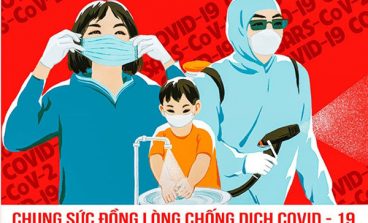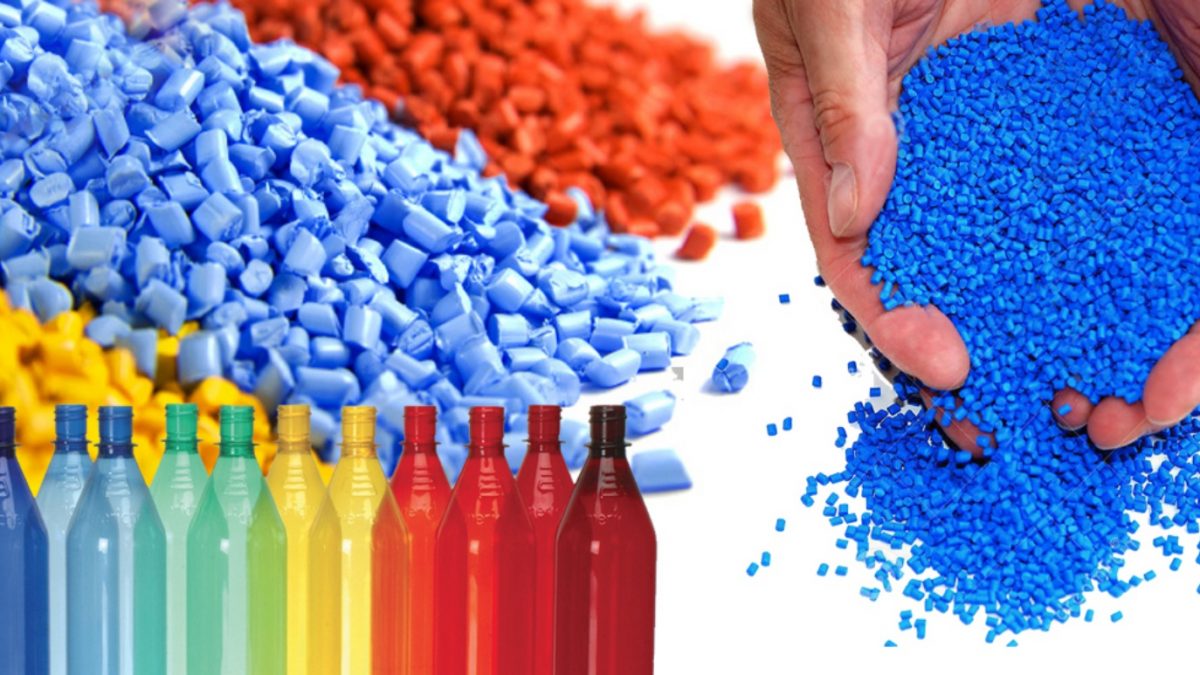
A masterbatch is a plastics formulation that contains additives, are essential for the appearance and performance of the final product. A masterbatch can also include colorants. Generally, a masterbatch is comprised of plastic pellets that contain concentrated amounts of additives such as processing aids, colorants, antistats, light stabilizers, fillers masterbatch, etc. There are many different types of masterbatch vehicles including plastic pellets that are customized to be compatible with the final polymer used in the product. The vehicle can also take the form of powders or even liquids that are compatible with the end-use polymers article.
Color Concentrate of Masterbatch
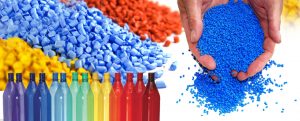 A color concentrate is usually defined similarly to a masterbatch except it consists only of colorants rather than additional additives that would be found in a masterbatch. Both color concentrates are added or “let down” into the final polymer prior to molding or extrusion into the final product. This blending process is usually a low shear process and can occur in a bucket or a tumbler at the molding machine. The amount of functional ingredients and colorants varies widely but are usually in the range of 0.5% to 5.0%. This is sometimes indicated as a let-down ratio which is a ratio of natural material to the concentrate product. As a rule of thumb, the higher the concentration, the more expensive the product.
A color concentrate is usually defined similarly to a masterbatch except it consists only of colorants rather than additional additives that would be found in a masterbatch. Both color concentrates are added or “let down” into the final polymer prior to molding or extrusion into the final product. This blending process is usually a low shear process and can occur in a bucket or a tumbler at the molding machine. The amount of functional ingredients and colorants varies widely but are usually in the range of 0.5% to 5.0%. This is sometimes indicated as a let-down ratio which is a ratio of natural material to the concentrate product. As a rule of thumb, the higher the concentration, the more expensive the product.
Pre Color in dying Masterbatch
A precolor or compounded color is a product that is not a concentrate but contains the total amount of colorants and other additives that will be used in the final product. Some molders prefer compounded materials because they do not need to mix the materials prior to processing or because the dispersion of additives and colorants can be more uniform. This is particularly true with dyes when they are formulated in very light colors and low concentrations. If these dyes are not properly dispersed, it may cause color streaks or agglomerates (clumps) in the final product.
Liquid and Dry Color of Masterbatch
Liquid colors are usually colorants dispersed in oils that are compatible with the final article. These liquid colors are usually quite viscous and require specialized delivery systems or pumps to add the colors directly into the molding or extrusion equipment. Liquid colors can be extremely high concentrates of colorants and are generally seen as very economical after the initial purpose of the additional delivery systems required. This type of color is best for high-volume application for manufacturers who continuously create the same part in the same color. However, if the customer makes frequent color or design changes, there can be a great deal of waste when making these change outs. Since the colors are an oily liquid, they can cause a great deal of housekeeping and maintenance when compared to masterbatch or other types of pelletized colors.
In contrast, dry colors are best for small runs and quick change overs because they are simply blended with the vehicle prior to processing. Dry color also yields consistent coloration as well as good dispersion.

